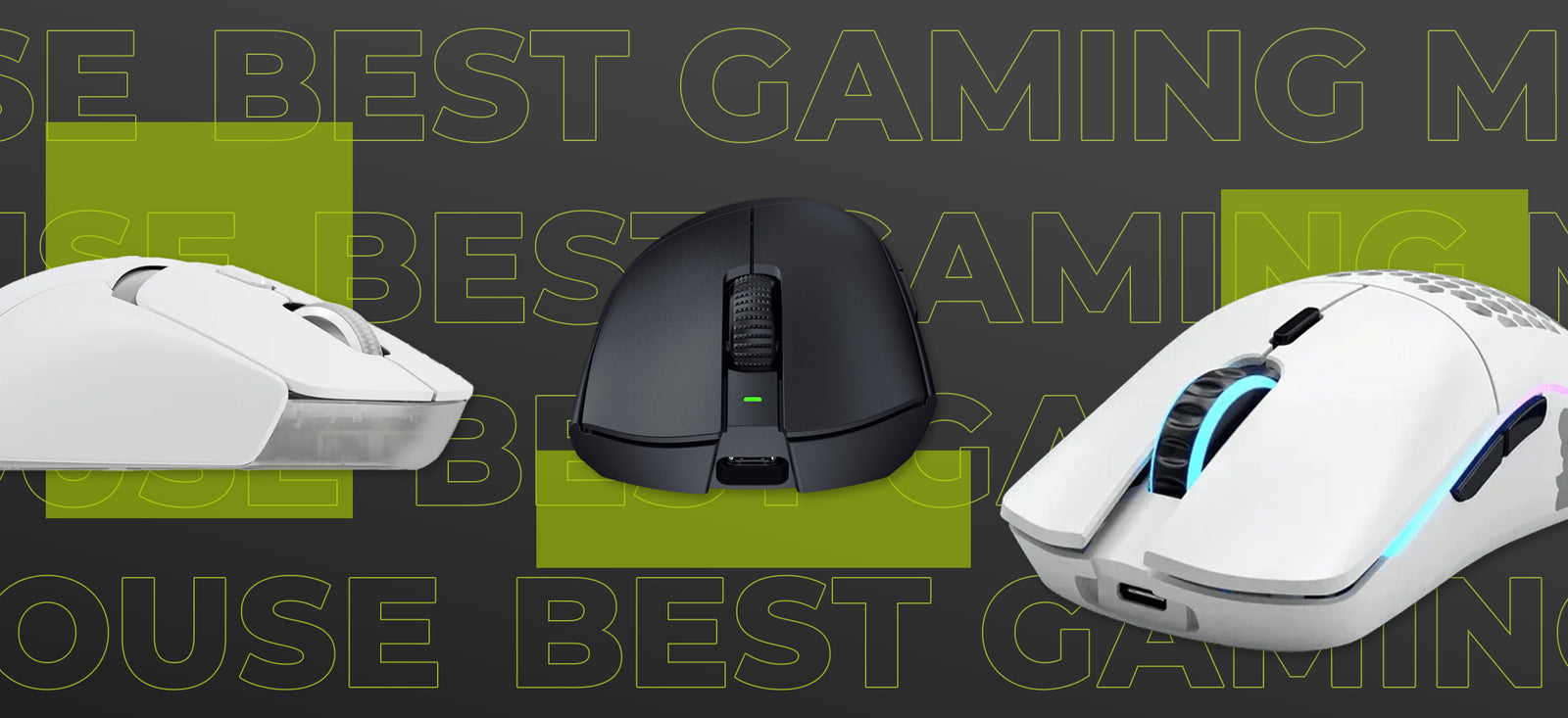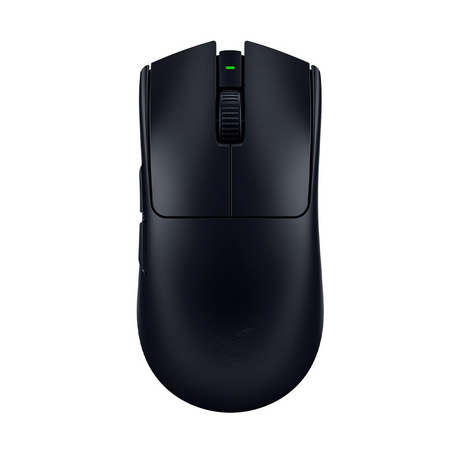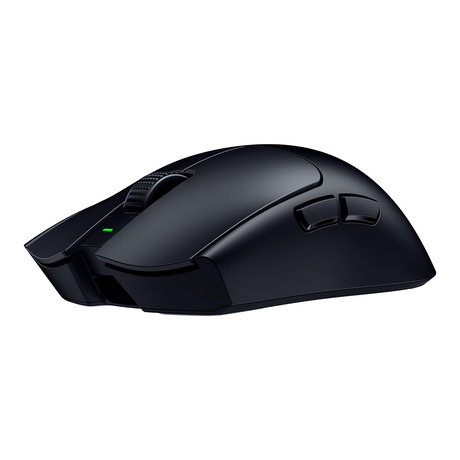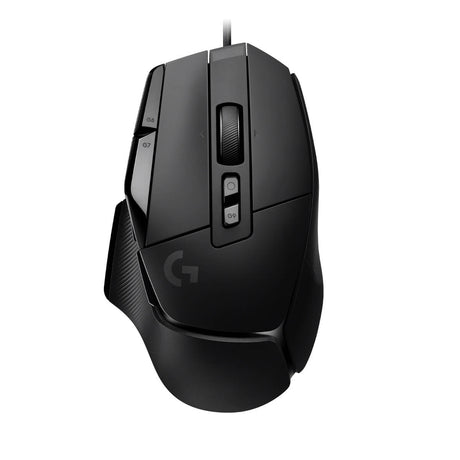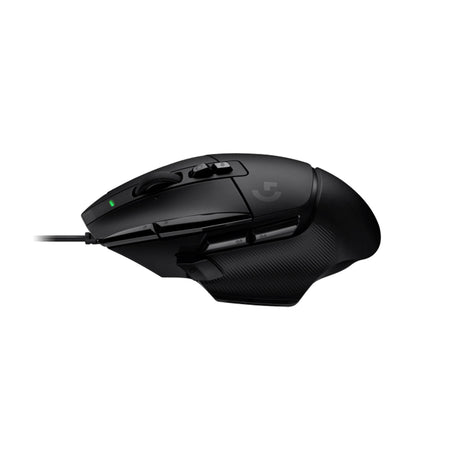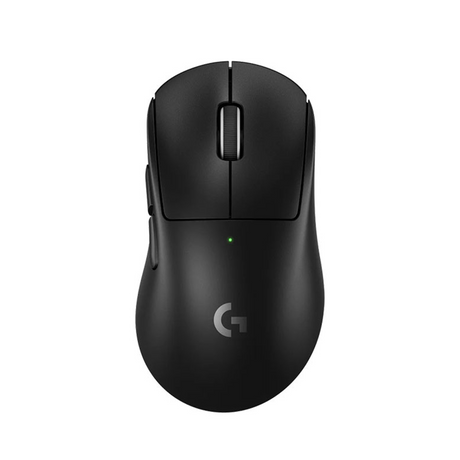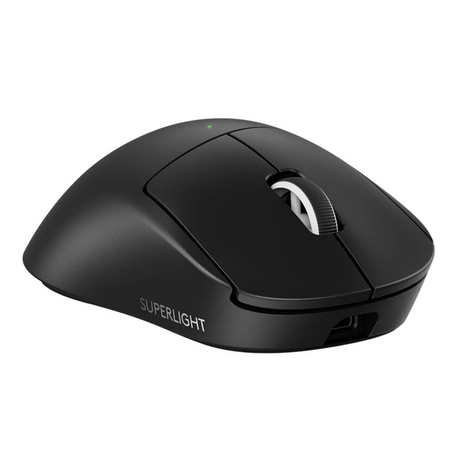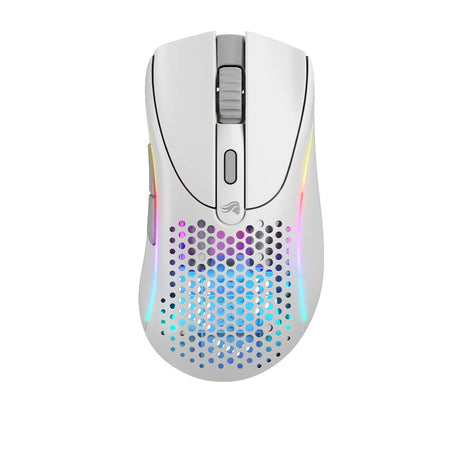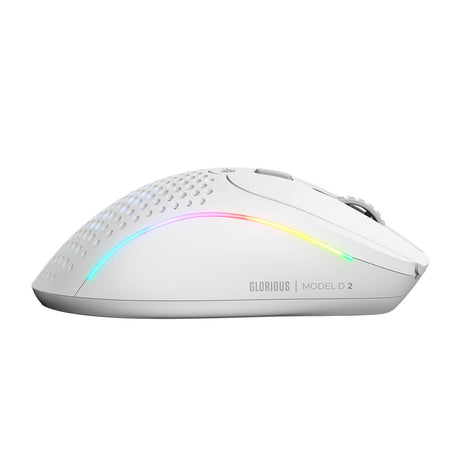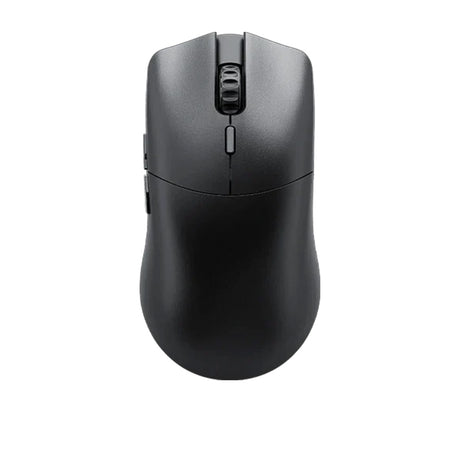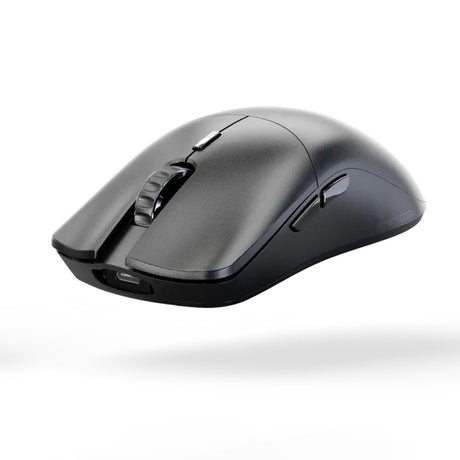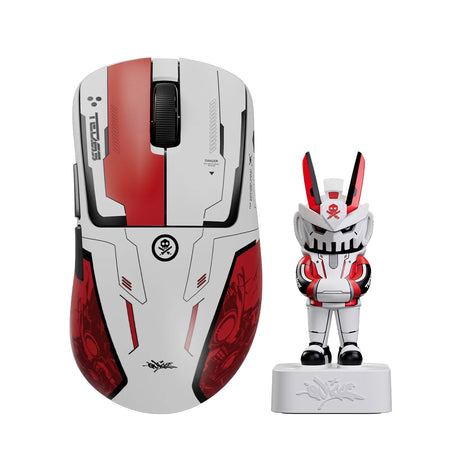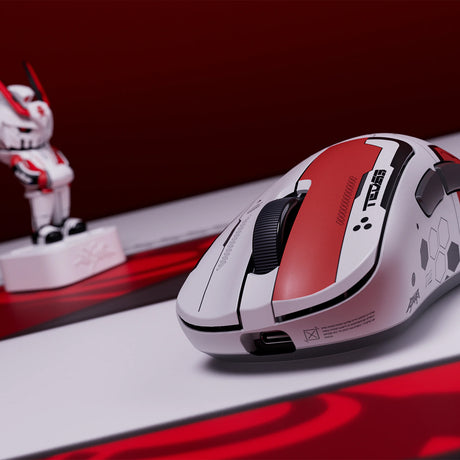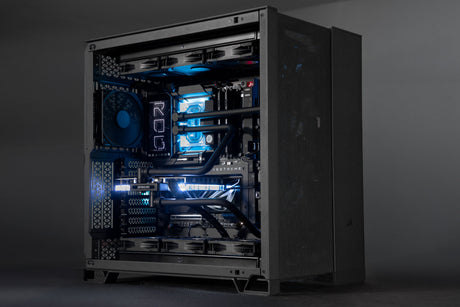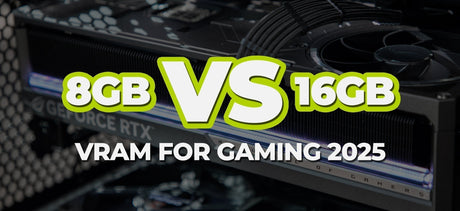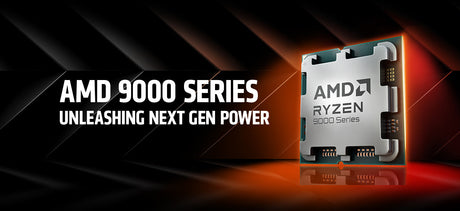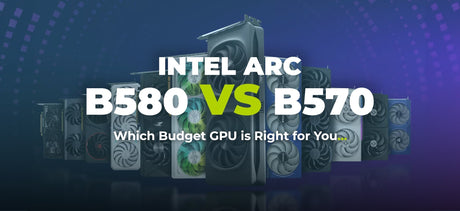In gaming, the right mouse can make all the difference between landing that game-winning shot or missing it by a pixel. Yet, choosing the perfect gaming mouse can feel like navigating a maze of specs, numbers, and technical jargon. With so many options on the market today, featuring high polling rates, high-precision sensors, and ergonomic designs, it's essential to know what features to look out for to get the best value. Let’s break down the essentials so you can make a smart, informed choice.
A gaming mouse isn’t just a generic computer accessory; a good gaming mouse should feel like a seamless extension of your arm, helping you land trick shots with ease, and should fit the overall aesthetic of your setup. The right gaming mouse will give you a competitive edge, whether you’re raiding dungeons or competing in fast-paced shooters. So, from wired vs. wireless to sensor types and how they impact performance, let’s dive into what to consider before you invest in a new gaming mouse.
Wired or Wireless: Which is Right for You?

Wired Mice
Let’s start with the age-old question: wired or wireless? For a long time, wired mice reigned supreme for gamers due to their lower latency—there’s no signal interference, no battery issues, and no connection stability concerns. For absolute reliability, especially if you’re a competitive gamer, a wired mouse is often the safest choice.
Wireless Mice
However, wireless technology has come a long way, and many high-end wireless mice now perform as well as, if not better than, their wired counterparts. With minimal latency and lightweight builds, some even argue that wireless offers a smoother experience, especially if you’re tired of managing a cable. Just note that higher polling rates may require a separate receiver to unlock the full potential. Top wireless mice now boast up to 8K polling rates, sending up to 8,000 reports per second to your PC for extremely accurate motion tracking.
Ergonomics: Why Shape and Design Matter

A mouse that doesn’t fit your hand well can ruin an otherwise great gaming experience, which is why ergonomics are crucial. Gaming mice come in all shapes and sizes to suit different hand grips and preferences. Here are the most popular types:
Ergonomic Mice
Ergonomic mice are shaped to fit the natural curve of the hand, providing a comfortable, tailored experience. These mice are often designed specifically for left- or right-handed users, with contours that support your dominant hand. They reduce fatigue, making them ideal for long sessions, though they’re not ambidextrous.
Ambidextrous Mice
Ambidextrous mice are symmetrical and comfortable for both left- and right-handed users, without favoring a specific hand orientation. Many ambidextrous models have buttons on both sides, allowing for customized button configurations, making them versatile for shared use.
Symmetrical Mice
Similar to ambidextrous designs, symmetrical mice have a balanced shape that suits most hand sizes and grip styles. However, they may be optimized for a single hand orientation depending on button placement, providing a middle ground between ergonomic and ambidextrous designs.
Button Placement
Button placement can make or break your experience, especially if you rely on programmable buttons for in-game actions. Ambidextrous models often include buttons on both sides for maximum customization, while ergonomic models typically have buttons on one side only. Decide on your preferred button setup for comfort and control in gaming.
Size: Matching Mouse Dimensions to Your Grip Style

The size of your mouse - its length, width, and height - can greatly impact your comfort and control, especially during long gaming sessions. A good rule of thumb is to match the mouse size to your preferred grip style:
- Palm Grip: Larger, longer mice that fill the hand are usually most comfortable for palm grip users.
- Claw Grip: Medium-sized mice with a higher back arch often suit claw grip users, as this shape supports the arched hand position.
- Fingertip Grip: Shorter mice are ideal for fingertip grip users, allowing quick, precise movements with minimal palm contact.
Hand Size Considerations
To find the best mouse for your hand, measure your hand length:
- Small Hands: Under 17cm
- Medium Hands: 17 - 19.5cm
- Large Hands: Over 19.5cm
Measuring Your Hand Size

To measure your hand accurately:
- Length: Measure from the tip of your middle finger to the base of your palm.
- Width: Measure across the widest part of your palm.
Gaming mice come in various sizes, so try to find one that matches your hand size and grip for the most natural feel.
Weight: Is Ultra-Light the Way to Go?

Gaming mice have become progressively lighter, with ultra-lightweight models now weighing under 40 grams. Lightweight mice are easier to move and can be less tiring on your wrist during long gaming sessions, especially if you prefer faster, more responsive gameplay. However, some people find ultra-light mice less stable for precise aiming, making a heavier mouse more desirable in certain games or play styles.
Premium mice are now often made from advanced materials like magnesium or carbon fiber. Magnesium is strong with a cool-to-the-touch feel, while carbon fiber offers exceptional durability with low weight, allowing ultra-light designs without sacrificing strength.
Resolution (CPI): Understanding Sensitivity
A high CPI (Counts Per Inch) sensor gives you more control over how fast or slow your cursor moves. Some mice offer up to 26,000 CPI, though most gamers don’t need more than 12,000 CPI. CPI measures sensitivity; if you play fast-paced games, you might want higher sensitivity, while a lower CPI can give you finer control for precise movements.
Speed and Acceleration: Tracking with Accuracy
Two additional specs to consider are IPS and acceleration. IPS (Inches Per Second) measures how well the mouse can track movement speed, with high-end mice supporting from 50 to 400 IPS. Acceleration, measured in G-forces, shows how quickly the mouse can track sudden direction changes. High-end mice support 20G to 50G acceleration, perfect for games requiring sharp, quick movements.
Sensors: The Heart of Mouse Performance

Not all sensors are created equal. A sensor is the heart of your mouse, determining tracking speed, precision, and overall performance. Pixart is one of the most trusted names in the industry, producing sensors found in many top-tier gaming mice. Here’s a comparison chart of popular sensors to help you understand the different options available:
| Sensor | Type | Speed (IPS) | Acceleration (g) | Resolution (CPI) |
|---|---|---|---|---|
| TrueMove Pro+ (SteelSeries) | Optical | 450 | 50 | 18000 |
| TrueMove Air (SteelSeries) | Optical | 400 | 40 | 16000 |
| TrueMove 3 (SteelSeries) | Optical | 250 | 50 | 12000 |
| Focus+ (Razer) | Optical | 650 | 50 | 20000 |
| Hero 16K (Logitech) | Optical | 400 | 40 | 16000 |
| Hero (Logitech) | Optical | 400 | 40 | 12000 |
| PAW 3395 | Optical | 650 | 50 | 26000 |
| PAW 3399 | Optical | 650 | 50 | 20000 |
| PAW 3369 | Optical | 400 | 40 | 16000 |
| PMW 3390 | Optical | 450 | 50 | 16000 |
| PMW 3370 | Optical | 400 | 50 | 19000 |
| PMW 3360 | Optical | 250 | 50 | 12000 |
| PMW 3366 | Optical | 250 | 50 | 12000 |
| PMW 3389 | Optical | 400 | 50 | 16000 |
What Mice Brands We Sell at Computer Lounge
At Computer Lounge, we carry a range of top gaming mice brands to suit any play style. Explore our collection from these trusted brands:
Wrapping It Up: Finding Your Perfect Fit
Choosing the right gaming mouse is a balance of comfort, precision, and performance. Knowing the technical specs—like CPI, polling rates, and sensor quality—gives you an edge in picking the mouse that will best support your play style. And when you’re ready to take the plunge, Computer Lounge offers a wide range of gaming mice optimized for gaming, all capable of handling intense sessions.
Be sure to select a mouse that feels like a natural extension of your hand and style, and watch your gameplay reach new heights!
